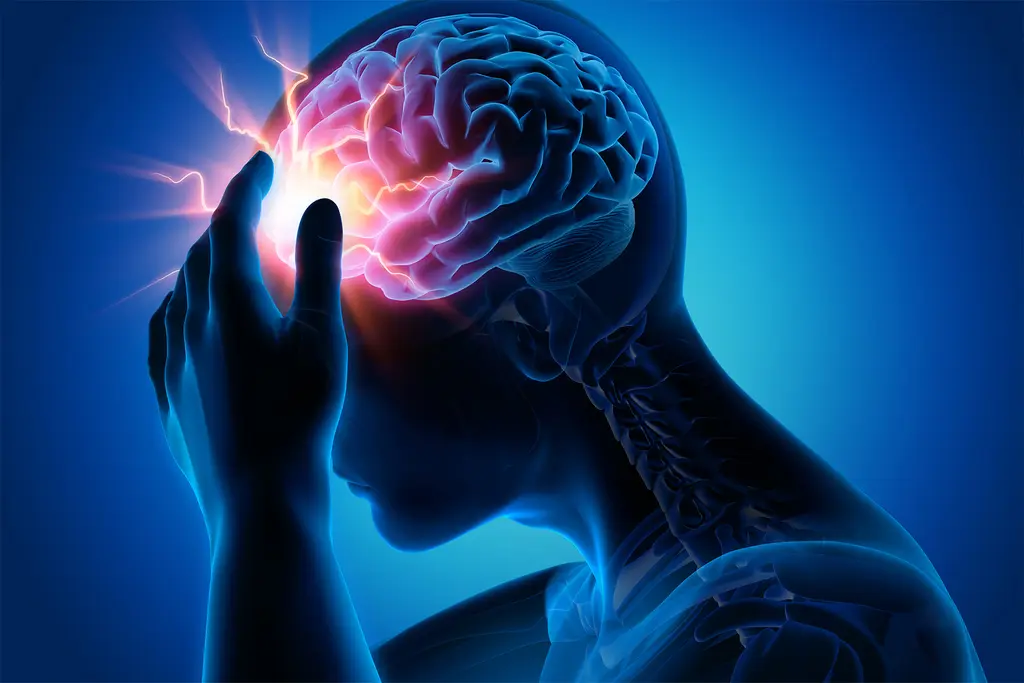
An episodic migraine is a painful form of headache that can last for hours. It can happen up to 14 times a month. If you have it, there are many different types of health care professionals you can turn to for help.
When to See a Doctor
You should talk to a doctor if your migraines:
- Seem to be getting worse or more frequent
- Interfere with your work
- Get in the way of your day-to-day activities
You should also let your doctor know if you’re having a migraine for the first time.
Start by visiting your primary care doctor. They might recommend that you see some of the other health care professionals we outline below.
Who Can Help
Although migraine is common, who you might see for help depends on your experience with it and what you expect from treatment.
Here are some experts who can help.
Primary care doctor. They'll talk to you about your migraines. From there, they can recommend treatment -- like medicine or lifestyle changes -- or they can refer you to another specialist. Sometimes, they'll suggest a treatment and later refer you to other types of doctors for more help.
Headache specialist. This is someone with extra knowledge about treating headache disorders. They might have certification from the United Council for Neurologic Subspecialities (UCNS). But not all headache specialists are UCNS-certified.
Your primary care doctor may recommend that you see a headache specialist if:
- The treatment you’re using doesn’t help ease your migraine.
- Your treatment’s side effects are hard to manage.
- Your episodic migraines come back after treatment.
Neurologist. This is a doctor who specializes in treating disorders that affect your brain, nerves, and spinal cord.
You might make an appointment with a neurologist if:
- Your migraine starts early in the morning or comes on suddenly, without warning.
- The pain gets worse when you strain.
- You have changes in your vision.
- One migraine continues for more than a day or two.
- Your migraine comes with seizures.
If you see a neurologist, they’ll probably give you a physical exam and take your medical history. They might also do one or more tests:
- MRI
- CT scan
- EEG
- Lab tests
Ophthalmologist or optometrist. These are professionals who specialize in eye care. An ophthalmologist is a doctor who treats eye disorders and can perform eye surgery. An optometrist, on the other hand, isn’t a medical doctor, but a health care professional who can give eye exams and prescribe medicine.
You might be referred to an eye specialist if, along with your migraine, you have what's called aura. This can include:
- Changes in your vision like blind spots or flashes of light
- Tingling in your hands or face
Depending on your symptoms, the eye specialist might:
- Give you an eye exam
- Run imaging tests like a CT scan or an MRI
Chiropractor. This is someone who adjusts your spine. Studies suggest that chiropractic spinal manipulative therapy can help some people with episodic migraine. This therapy can involve different methods. In general, the chiropractor will use their hands or tools to put force on joints in your spine.
When to Go to the ER
Call 911 if you have a headache along with the following symptoms:
- Feel confused
- Are having the worst headache of your life
- Have trouble speaking or understanding others
- Are hoarse or slur your words when you talk
- Have trouble standing
- Feel numbness in your face or your hands or feet
- Have tremors
- Are throwing up a lot
- Have trouble seeing or double vision
- Have a drooping eyelid or if your pupils are different sizes
Show Sources
(Photo Credit: FatCamera/Getty Images)
SOURCES:
Current Pain and Headache Reports: “Defining the Differences Between Episodic Migraine and Chronic Migraine.”
Kids Health: “What’s a Primary Care Physician (PCP)?”
American Migraine Foundation: “What is a Headache Specialist? Do I Need One? And How Do I Find One?”
Beaumont: “Headaches and Migraines: When to see a Neurologist.”
University of Rochester Medicine, Highland Hospital: “What is a Neurologist?”
American Association for Pediatric Ophthalmology and Strabismus: “Difference between an Ophthalmologist, Optometrist and Optician.”
Mayo Clinic: “Migraine with aura: Symptoms & causes,” “Migraine with aura: Diagnosis & Treatment,” “Chiropractic adjustment.”
Journal of Chiropractic Medicine: “Chiropractic spinal manipulative treatment of migraine headache of 40-year duration using Gonstead method: a case study.”
